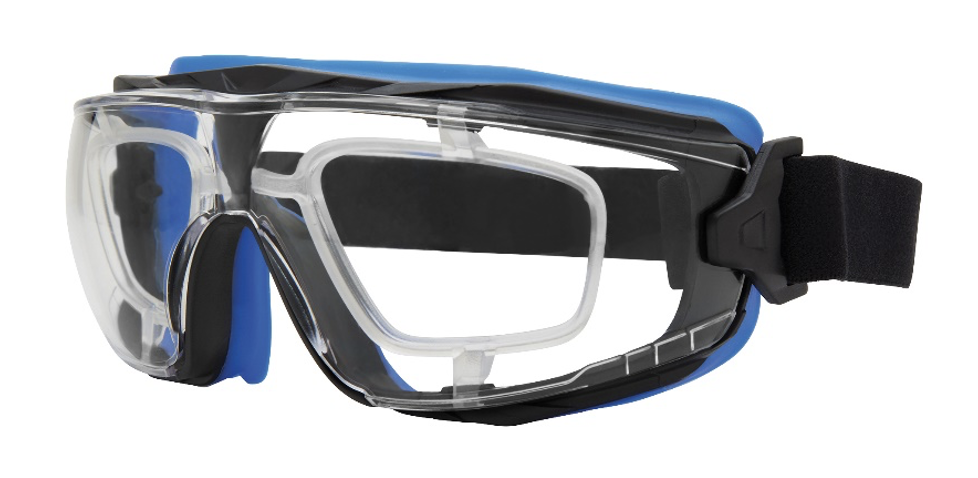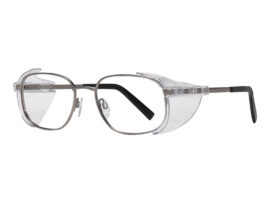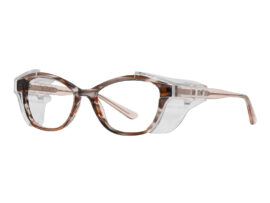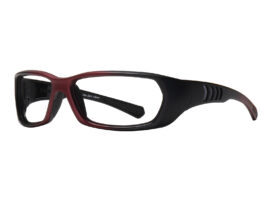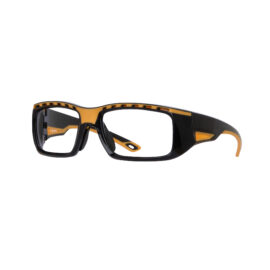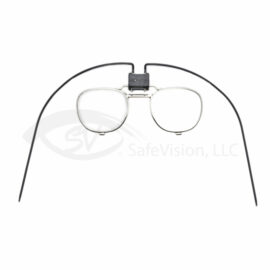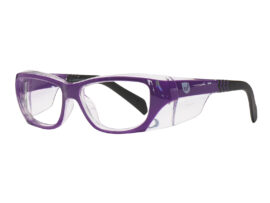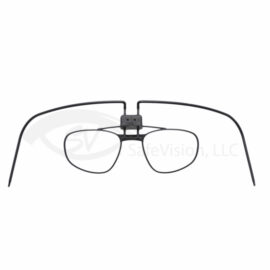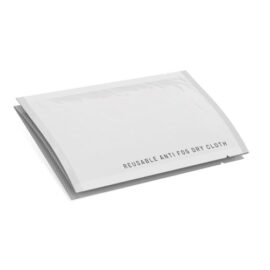Safety
What is the Difference Between Prescription Safety Glasses and Prescription Safety Goggles?
When a job or activity carries the risk of eye injury, having the right safety eyewear is essential. OSHA takes PPE violations seriously, with maximum penalties for serious violations now up to $16,131 per incident, and up to $161,323 for willful or repeated violations.
Knowing whether to choose between prescription safety glasses or safety goggles depends largely on the specific hazards you’re facing. Understanding the core differences can help ensure you get both effective protection and compliance.
Here are some critical distinctions between prescription safety glasses and prescription safety goggles.
STYLE
One of the biggest differences between safety goggles and safety glasses is their style and appearance.
Safety goggles are fully sealed, featuring rubber gaskets that wrap around the entire face protector. They are secured with an elastic head strap rather than the temples (arms) that rest on or around your ears.
Safety glasses are not fully sealed and often resemble everyday eyeglasses made of plastic or metal. However, they are specially constructed to offer both impact protection and prescription vision correction.
FIT
Safety glasses are often the most comfortable choice. They rest on the nose and ears like regular eyeglasses and are lightweight and durable. For extra protection, they may also be fitted with side shields or brow guards that attach to the frames.
Goggles, on the other hand, are designed to form a tight seal around the eyes. Their lenses are offset from the face by all-around side guards, creating a protective “bubble” over the eye area. Some models include small vents to allow air circulation and help reduce fogging.
To achieve this full seal, goggles must fit snugly to the face, which can cause mild discomfort during extended wear. However, the elastic band is typically adjustable to help improve comfort without compromising safety.
PROTECTION
Safety glasses are best to protect against smaller splashes or debris in a controlled area. They are the easiest to work with, and therefore are more likely to be used in an everyday setting.
They protect best from front-facing exposures, but with the added side or brow guards, they can become more effective against a wider range of potential threats to eye health.
Key features of safety glasses
- Lightweight and easy to wear for extended periods
- Suitable for general-purpose eye protection
- Optional side shields enhance lateral coverage
- Commonly used in laboratories, workshops, and production lines
Though it may not seem common, there are safety goggles specifically designed to be fit with prescription lenses. They’re placed in a lens carrier that clips behind the protective shield, allowing the wearer to use them without trying to fit them over their standard pair of glasses.
This is important to know because fitting a pair of non-prescription goggles over your prescription glasses will likely keep the goggles from creating a proper seal around your eyes, compromising the level of protection they’re meant to provide.
Prescription safety goggles are ideal for
- Environments with high dust or chemical splash risk
- Tasks that require a sealed protective barrier
- Users who need vision correction and cannot wear contact lenses
PICK THE RIGHT PAIR FOR YOUR NEEDS
When deciding what kind of eye protection is best for your job, task, or hobby, knowing when to choose between prescription safety glasses and safety goggles is crucial.
If you’re working in environments where fine dust, airborne chemicals, or liquid splash are a concern, fully sealed prescription safety goggles are likely your best option.
If your exposure is more limited to impact hazards or light debris and you’re in a controlled space, prescription safety glasses may be sufficient, especially when equipped with side shields.
Shop Prescription Safety Glasses by SafeVision Today.
Contact Us for Additional Information.

